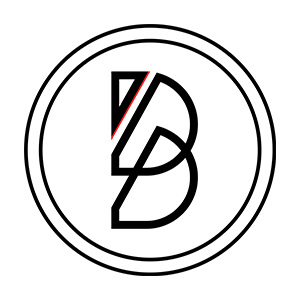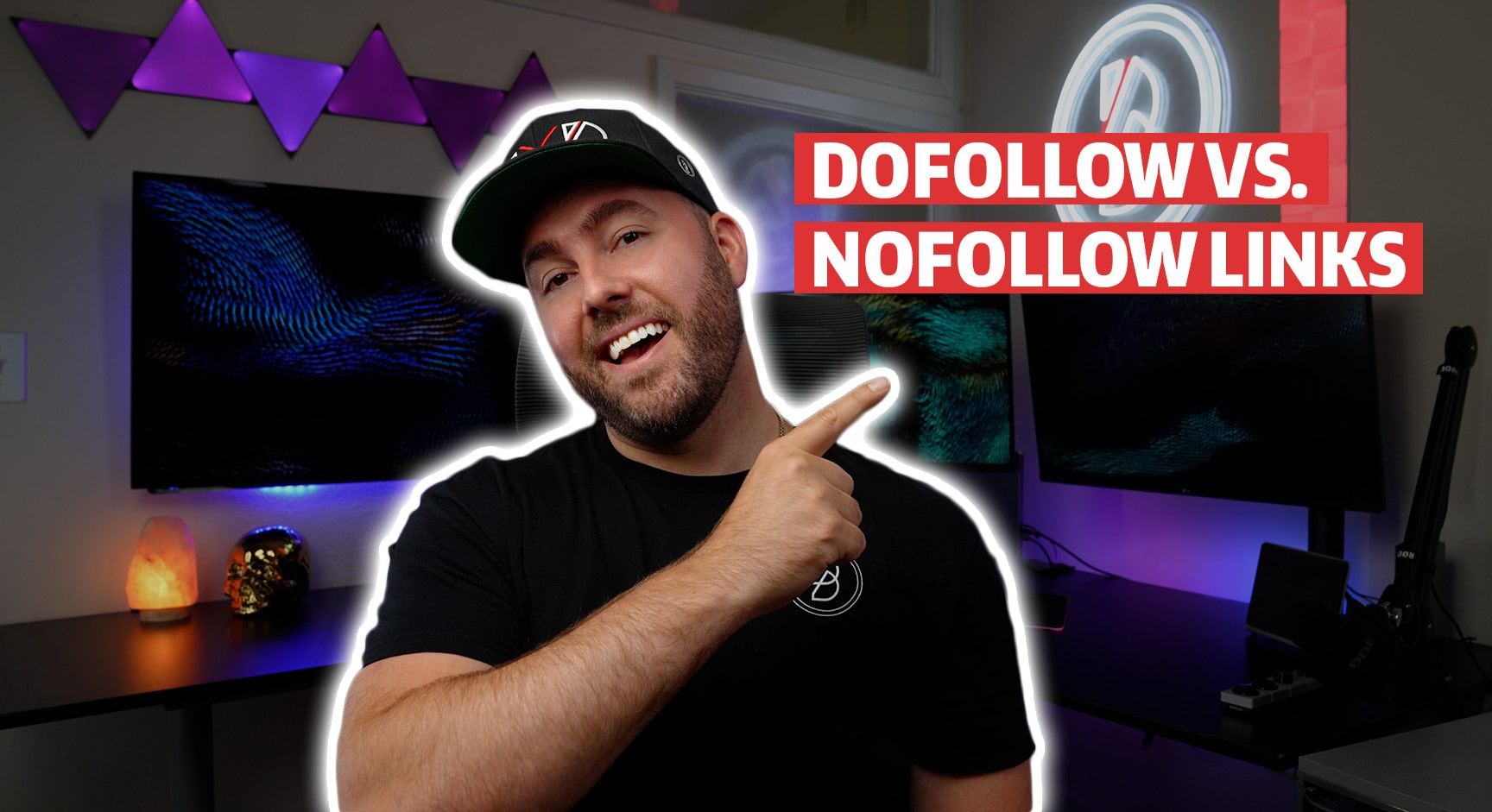Links are what the internet is made of. They’re also a fundamental component of growing a website, blog, audience, and ultimately, your business.
While you may already be familiar with the difference between inbound, outbound, and backlinks, you may be new to the concept of two other, very important link categories: dofollow vs. nofollow links. To find out what these are and how they impact your SEO strategy and your online success, keep reading.
Different Links on Your Website
Links are important to incorporate in any type of content. From blogs to videos, and more, they are essential to boosting your SEO. Here are the different types of links you’ll want to work with:
- Internal Links – Internal links refer to links that lead to other pages on your website. They are a crucial part of boosting the pages that your videos are on. For example, use a blog post on your website that has relevant information included in the video and link it.
- Outbound Links – Outbound links lead from a page on your website to a page on another website. Using outbound links helps build the authority of a page. Always link to trusted sites that post high-quality content and make sure that what you link to is relevant to your video.
- Backlinks – Backlinks, or inbound links, are one of the most significant factors that Google and other search engines use to rank a site. They act like a vote of confidence that proves that other websites value your video content. The more backlinks lead to a video on your site, the higher it ranks in search.
You can build backlinks to your video by finding and fixing broken links, running an outreach campaign, writing a guest post on a reputable site and linking to your video content, or checking what your competitors do, then reaching out to the publishers that link to them.
Considered ‘votes of confidence,’ each link sends a signal to Google and other search engines about the value of the page being linked to. The more links lead to a page, the higher it ranks on search engines.
Now, as you build backlinks to your site and link to other sites, it’s very important to check whether these are dofollow or nofollow links.
What is a Dofollow Link?
When it comes to dofollow vs. nofollow links, all links are, by default, dofollow links. That means search engines follow them.
Google and other search engines automatically follow all links on your site, unless you add a nofollow tag. Search engines then count your link as a vote of confidence for the site that you link to.
Vice versa, if a website links to your site, search engines will count that as a vote of confidence for your site and consider your website as a resource with valuable content.
To make all links count, you have to try to always build dofollow backlinks. You can do that by:
- Publishing high-quality content that readers enjoy and find helpful
- Create free tools that you give away. Other sites like to link to free, useful content
- Write guest posts on other sites that offer dofollow links
In sum, since dofollow tags signal to search engines that you endorse the website you link to, make sure that you only use dofollow links for trusted websites.
If you link to a shady website, Google and other search engines will consider your website shady, too. Therefore, always be careful when linking to other sites in your blog posts or content.
Use a Dofollow Link When:
- Endorsing a valuable resource that you think readers will find helpful
- Linking to a reputable, trusted, authoritative website
What is a Nofollow Link?
If you want to link to a blog post or website without endorsing it to search engines, you can add a nofollow tag.
When you link to another website, you develop a relationship with that site. If you prefer not to build a relationship with that site but still want to link to one of their blog posts or resources, you go the nofollow link route.
In sum, a nofollow link, which you implement by adding rel=“nofollow”, is a link you post without providing a vote of confidence to search engines. As a result, Google and other search engines won’t follow that link or assign value to it.
You may wonder what purpose the nofollow link has, other than creating bad blood on the internet. However, there are valid reasons to use nofollow links. Here are some.
Use Nofollow Links When:
- You don’t want to endorse a site
- You place a sponsored link on your site
- You add affiliate links to your site (since Google views them as a form of monetization)
- Users are allowed to insert links on your site via user-generated content (UGC)
- You want to protect yourself from Google penalties
Why Google Introduced the Nofollow Link
Google had good reason to implement dofollow vs. nofollow links.
With the internet growing at an unprecedented rate, spam has also increased. Google implemented the nofollow link to combat spam and spam links that often result from UGC or shady marketers. When Google realized the issues associated with this, they introduced the nofollow link to help admins and website owners protect themselves.
In addition, nofollow links also help to combat paid links, which go against webmaster guidelines. Therefore, all sponsored links have to be assigned a nofollow link. Out of this evolved two other link attributes, namely:
- rel=“ugc”: used for user-generated content like comments and forum posts
- rel=“sponsored”: used for paid or sponsored links, including ads that involve compensation
Having these link attributes helps to differentiate links that you want to endorse and give a vote of confidence from spam or sponsored links.
Are Nofollow Links Good for Link-Building?
To many, link building is only relevant if they get a follow link. However, even nofollow links come with benefits, including:
- Increased traffic – Any link, whether dofollow or nofollow, can send you tons of traffic, which helps build your site.
- Brand exposure –More traffic and being mentioned by trusted websites helps build brand awareness and increase your visibility.
- Trust building – The more reputable sites link to your page, the more users will trust your page and brand. This can lead to dofollow links from other users and sites.
- Avoid an outbound link penalty – Implementing nofollow links on your site keeps you protected and avoids any outbound link penalty by Google.
- Quality traffic – Not all traffic is good traffic. What you want is quality traffic that leads to sales. That means a nofollow link that provides you with leads and potential sales is still very valuable.
How to Check DoFollow vs. NoFollow Links
You won’t be able to tell the difference between dofollow and nofollow by simply looking at links. To identify a nofollow or dofollow link, simply right-click on it and check its HTML code. Whenever you see a rel=”nofollow” tag, the link is nofollow.
For a much quicker option, and a way to inspect multiple links at the same time, right-click anywhere on the page and choose “view page source” in the Chrome browser.
That way, you can check the HTML code of that page and do a CTRL+F search to check for the words “nofollow”, “UGC”, and “sponsored”. As a result, you’ll get all the nofollow link attributes highlighted on the page.
Lastly, you can also use the NoFollow Chrome Extension to quickly identify nofollow links on several pages at the same time.
How to Add Nofollow Links in WordPress
Adding a nofollow link in WordPress is very easy. Simply follow these steps:
- Select the anchor text you want to add a link to
- Click the link symbol to add a link to the field
- Click on the three dots and select “Edit HTML”
- Add the rel=“nofollow” attribute, and you’re all set.
In older versions of WordPress, you can access the source code through the “Text” tab and manually add the nofollow attribute.
Final Thoughts
If you’re working on a website or blog and wondering how to get your website to rank higher on Google, you’ll need to follow a few SEO tips and tricks. One of them involves dofollow vs. nofollow links and requires you to add nofollow links where necessary.
Use nofollow attributes when you place a sponsored or affiliate link to your site and whenever you want to protect your site from Google penalties. That way, you’ll make sure your blog or website remains safe while you work on steadily growing it over time.

